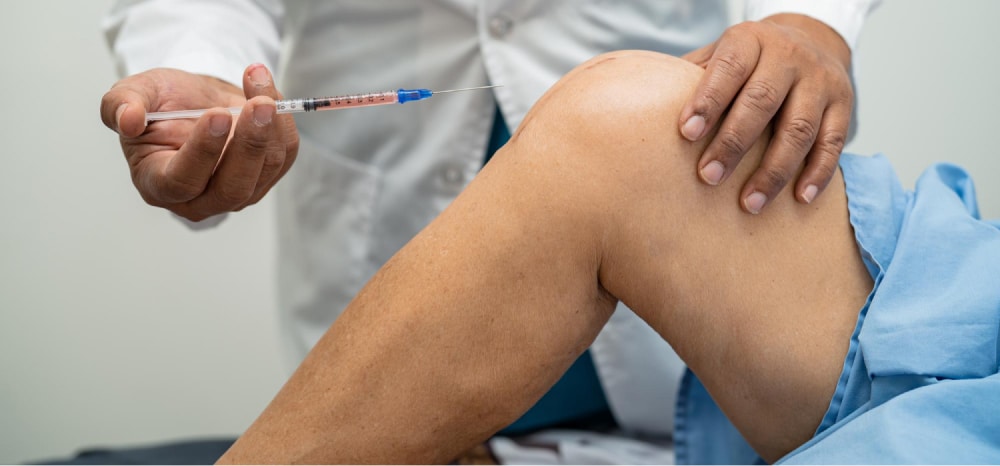
Osteoarthritis (OA), a degenerative joint disease affecting millions worldwide, poses a significant burden on patients and healthcare systems. As medical professionals seek innovative approaches to enhance patient outcomes, rooster comb injections—also known as hyaluronic acid (HA) injections or viscosupplementation—emerge as a promising therapeutic option. These injections aim to alleviate pain and improve joint function in individuals with OA.
Rooster comb injections involve the intra-articular delivery of hyaluronic acid, a glycosaminoglycan naturally present in synovial fluid. HA plays a crucial role in joint lubrication, shock absorption, and nutrient transport, contributing to the overall health and function of articular cartilage.
In OA, the synovial fluid becomes less dense, reducing joint lubrication and increasing friction between joint surfaces. This leads to cartilage wear, inflammation, pain, and restricted mobility. Rooster comb injections restore the viscoelastic properties of synovial fluid, alleviating pain and enhancing joint function.
Derived from rooster combs, HA closely resembles human synovial fluid, ensuring optimal compatibility and efficacy. The formulation is available in various viscosities, allowing tailored treatment plans based on the severity and location of joint involvement.
The effects of rooster comb injections can vary based on the severity of OA, the specific HA formulation used, the joint being treated, and the individual’s response. Generally, relief provided by these injections can last up to six months or longer, though they are not a permanent solution for OA.
When the effects diminish, patients may undergo additional injections as part of a maintenance plan to sustain pain relief and joint function. Doctors must monitor each patient’s response and adjust the treatment plan accordingly. Some patients may experience prolonged benefits from subsequent injections, while others may not.
Rooster comb injections are primarily indicated for patients with symptomatic OA, particularly those with mild to moderate disease severity. They are most effective in weight-bearing joints, such as the knees and hips, but can also be used in non-weight-bearing joints like the shoulders.
This treatment is often considered for patients who have not achieved sufficient relief from analgesics and non-steroidal anti-inflammatory drugs (NSAIDs) or are intolerant to these medications. It offers a viable alternative for patients unwilling or ineligible for surgical interventions, such as joint replacement.
A thorough patient evaluation is essential to ensure appropriate treatment selection and optimize outcomes. The assessment process includes:
Patients should be informed that rooster comb injections are not a cure for OA but rather a means of managing symptoms and improving joint function. Individual responses to the treatment may vary, and some patients may experience more significant relief than others. By understanding the benefits and limitations of rooster comb injections, patients can make informed decisions about their OA treatment plan.
Rooster comb injections are composed of highly purified HA sourced from non-immunogenic rooster combs. Rigorous purification processes eliminate allergenic and infectious contaminants, ensuring high safety.
Benefits:
Potential Side Effects:
Effective management of OA often requires a multimodal approach, combining different therapeutic options to address pain, inflammation, and joint function. Rooster comb injections can be integrated into a comprehensive treatment plan that includes:
Rooster comb injections represent an effective and well-tolerated treatment option for managing osteoarthritis. By restoring joint lubrication and reducing pain, these injections can significantly enhance patients’ quality of life and delay the need for more invasive treatments.
Join our newsletter to receive latest news and offers

Medicle MD Ltd
Reg. Number: 14317237
Address: 27 Old Gloucester Street,
WC1N 3AX London,
United Kingdom